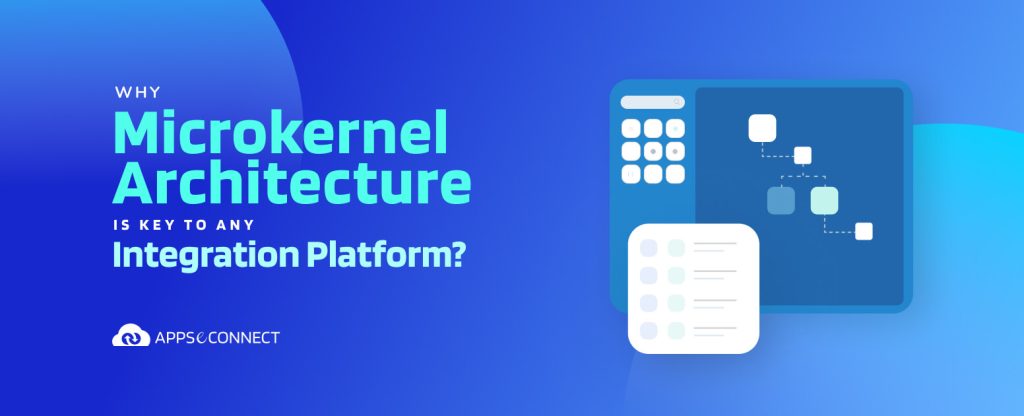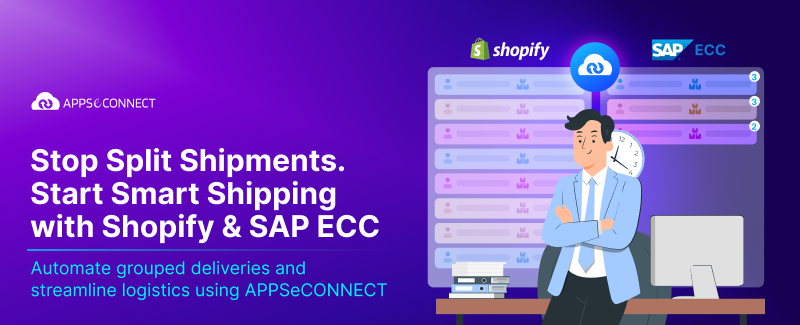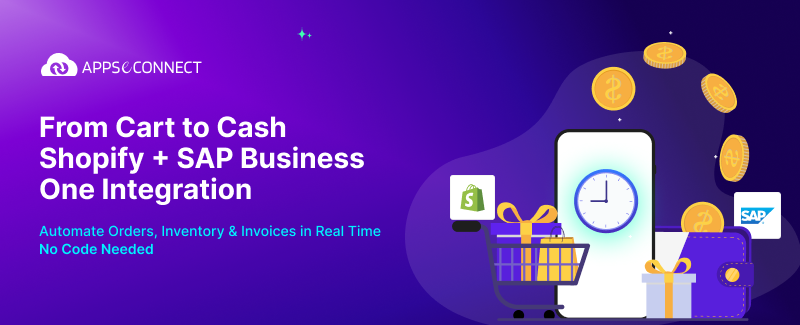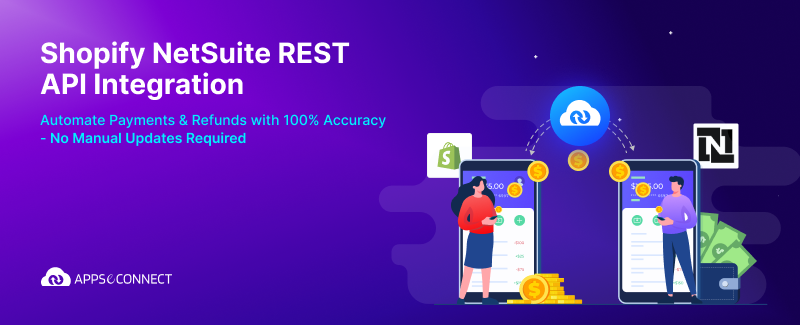We are edging towards a hyperconnected world of businesses where all devices can produce data, as well as all data, are interconnected with Apps. With businesses requiring exponential diversified requirements, App developers also require building additional services that can support hyper-growth in the apps. An integration platform is capable of providing support for external app developers to work seamlessly and deliver a specific requirement for a need. The microkernel pattern or popularly known as a plug-in architectural pattern is one of the best ways of designing an integration platform. It consists of two architectural components, a core system and a plugin module. The core system manages the external components such that they can be introduced and removed easily. It is the responsibility of the Core system to ensure the communication channel is properly established with the plugins.
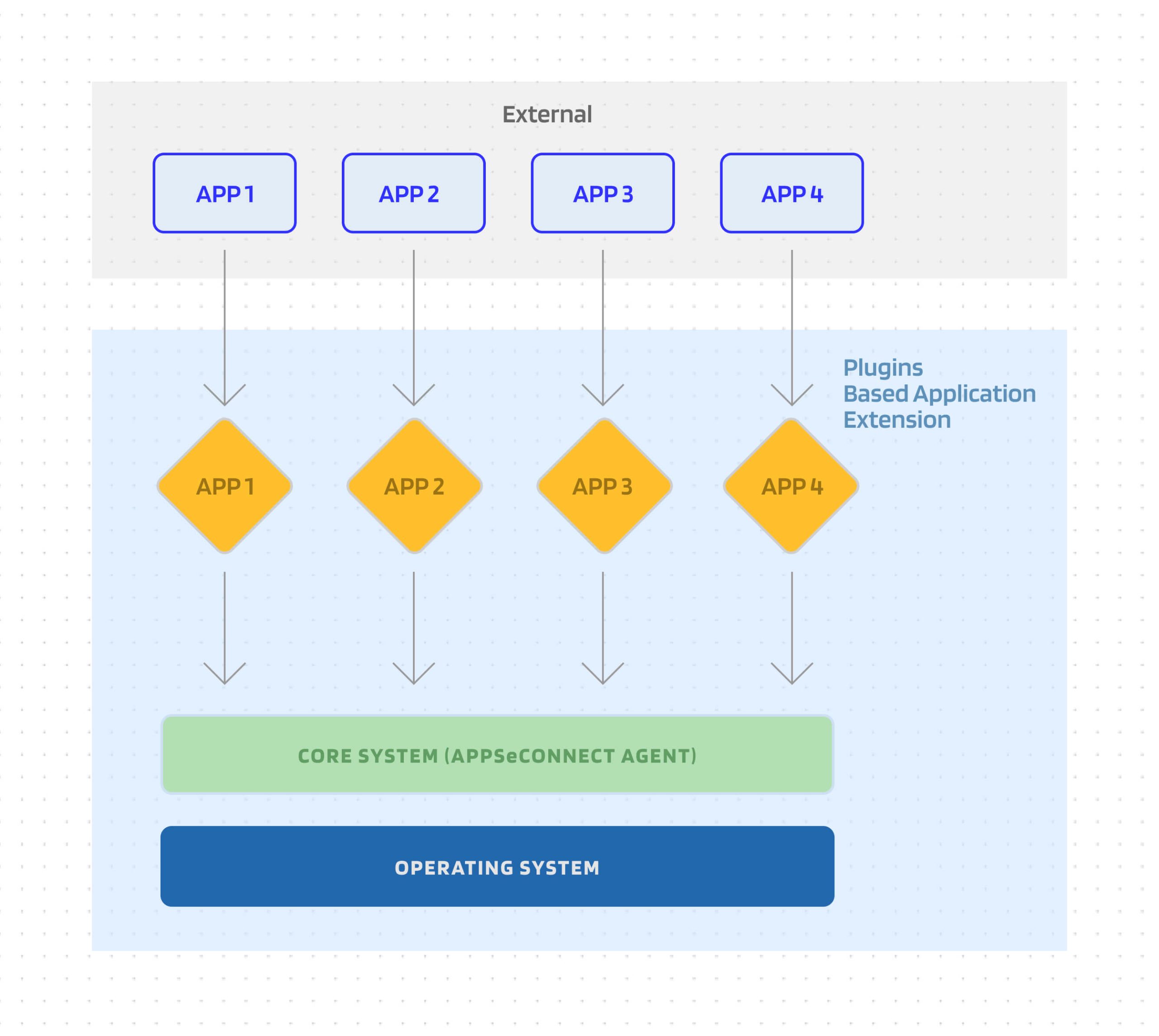
Microkernel architecture is not new, it has been prevalent for decades, but still, it is one of the primary patterns to use in case of component-oriented applications. For an integration platform, where a large number of external users are going to work, it is evident that there is a requirement for microkernel architecture. If you think of Operating systems, they too are built on the same architecture.
Now for applications, Microkernel works perfectly through SDKs, like for APPSeCONNECT’s robust SDK, such that the communication is made through dependency injection techniques.
What is Dependency Injection and Why it is important?
Dependency injection is a technique that is much more popular in integration platforms. Dependency injection lets you define your kernel independent of its dependencies, which makes external components completely decoupled, such that both the ecosystem can work independently in tandem with the help of a number of contracts that bridges the communication.

Here the Services are working as an independent process in the host application where an external service is pumped directly through Dependency injection.
Dependency injection is often used with DI Containers. The DI Containers are the software pattern that holds the dependent objects together, ensuring a common factory of objects could be accessed.
How APPSeCONNECT Integration Platform uses Dependency Injection
In the case of APPSeCONNECT, we rely heavily to our partners and external third-party developers to write plugins for us. The plugins are generally the Application Connectors or the Adapters. The integration platform provides SDK for anyone to build adapters for us. Hence, these adapters are hooked directly with our Core to give functionalities to the applications.

The APPSeCONNECT Agent creates a DI Container to load the adapters. APPSeCONNECT SDK gives the third-party developers a way to develop adapters that will be plugged into our agent using Dependency Injection and will be called as per need.
APPSeCONNECT does not restrict its plugins only to adapters. As per we saw there are a number of areas that need to be componentized, and hence we did make those pluggable too. Some of the plugged components which we use internally and can be easily replaced by external components may be:
1. Transactional Data Access Layer
2. Loggers
3. Credential Validators
4. Realtime Data Validators
5. Policies.
And many more.
If you have multiple systems employed in your business and want to seamlessly integrate all the data and processes between them, connect them under one single platform with our hybrid iPaaS APPSeCONNECT. Automate business processes and improve your productivity and efficiency with us!




